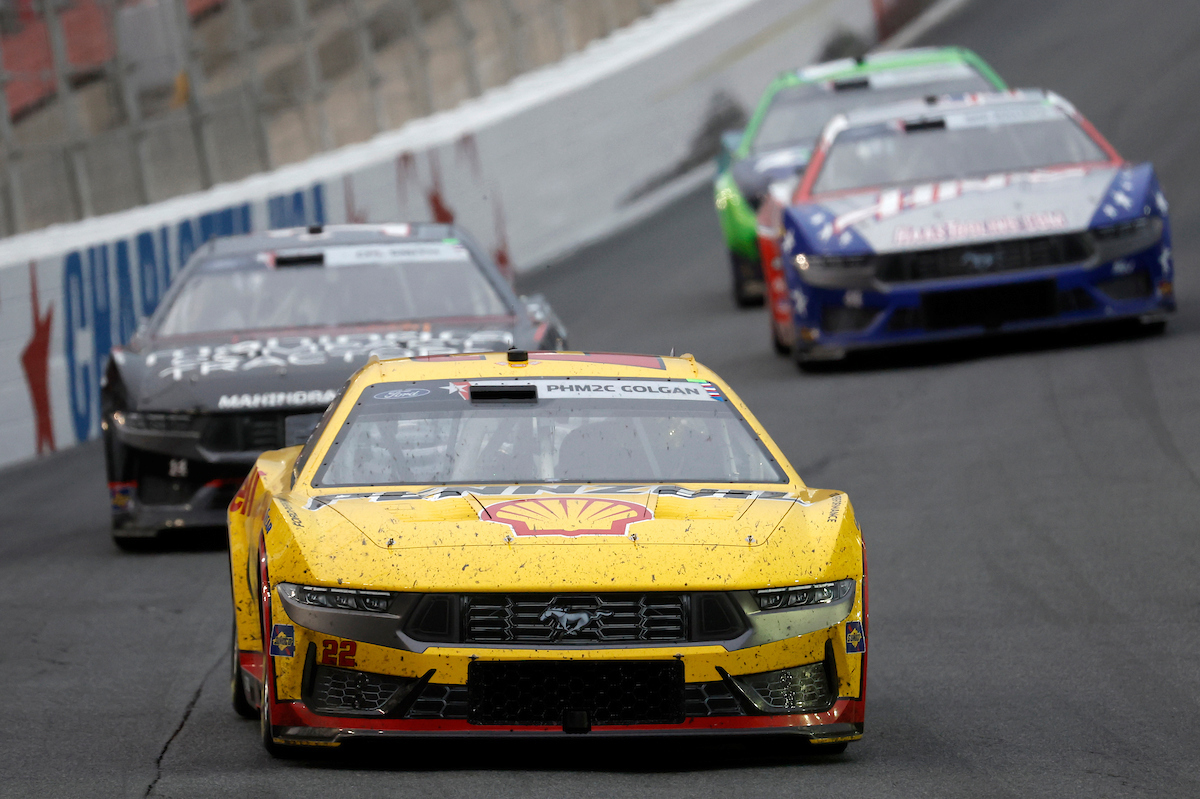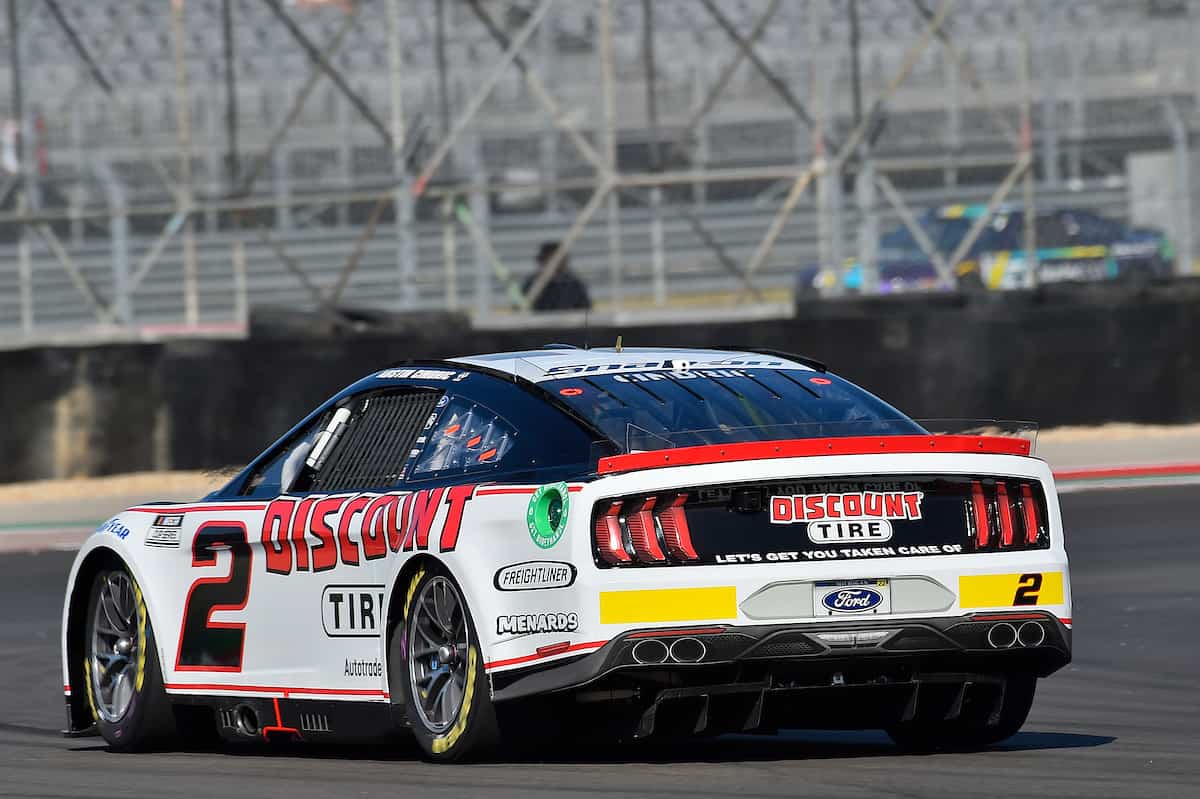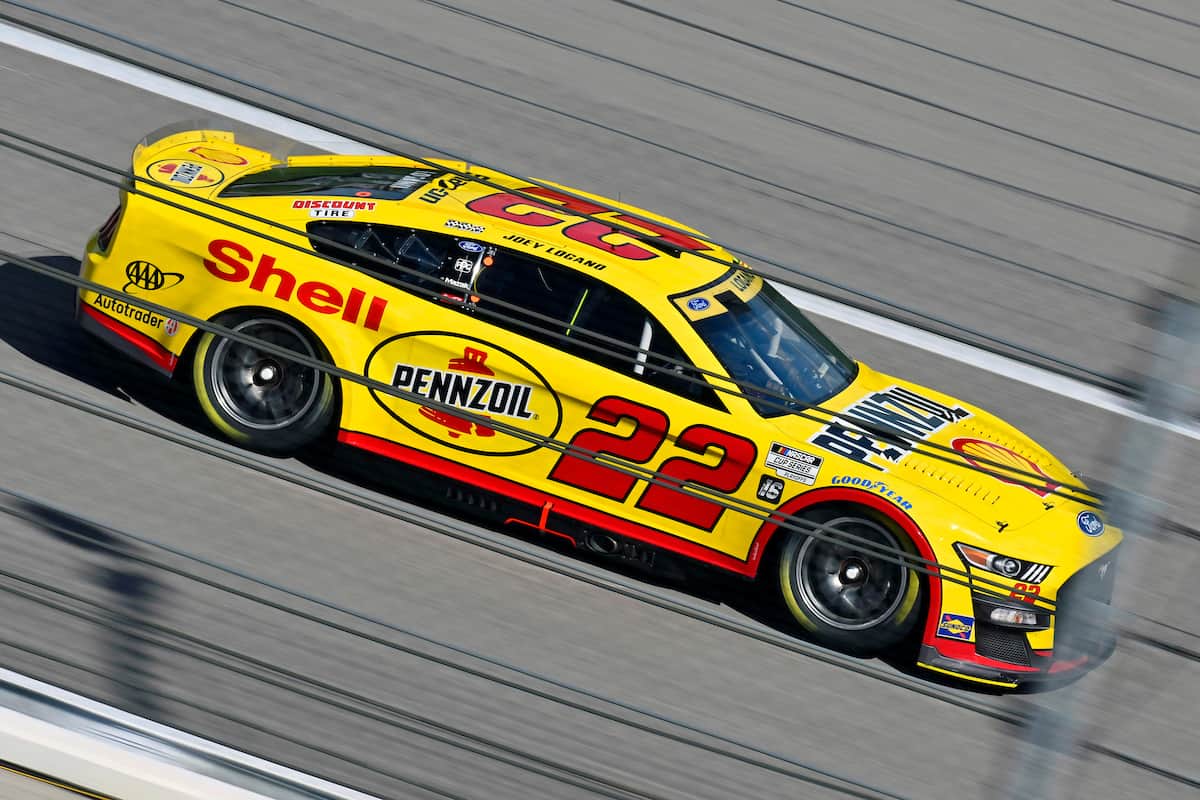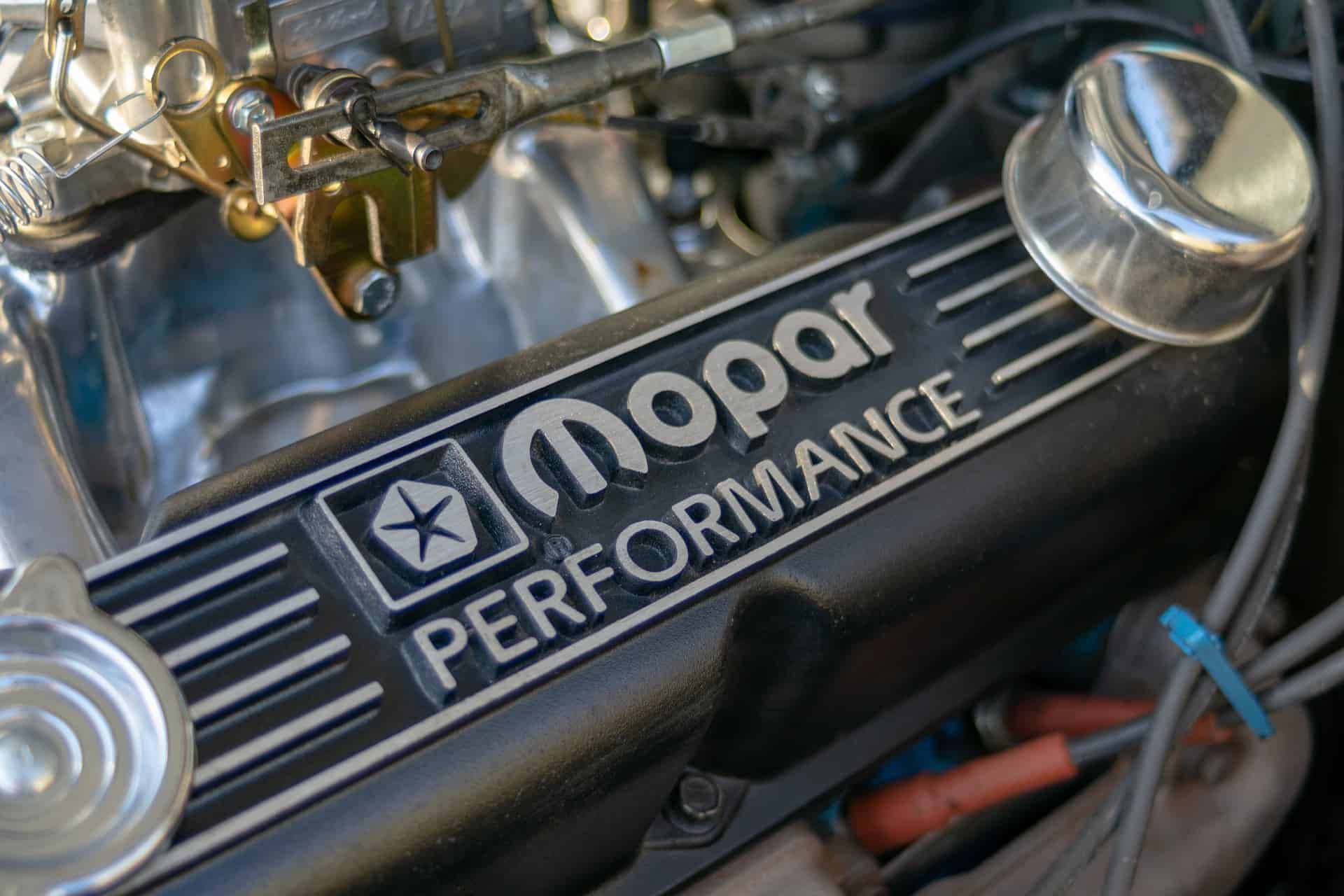What Makes NASCAR Cars So Fast?
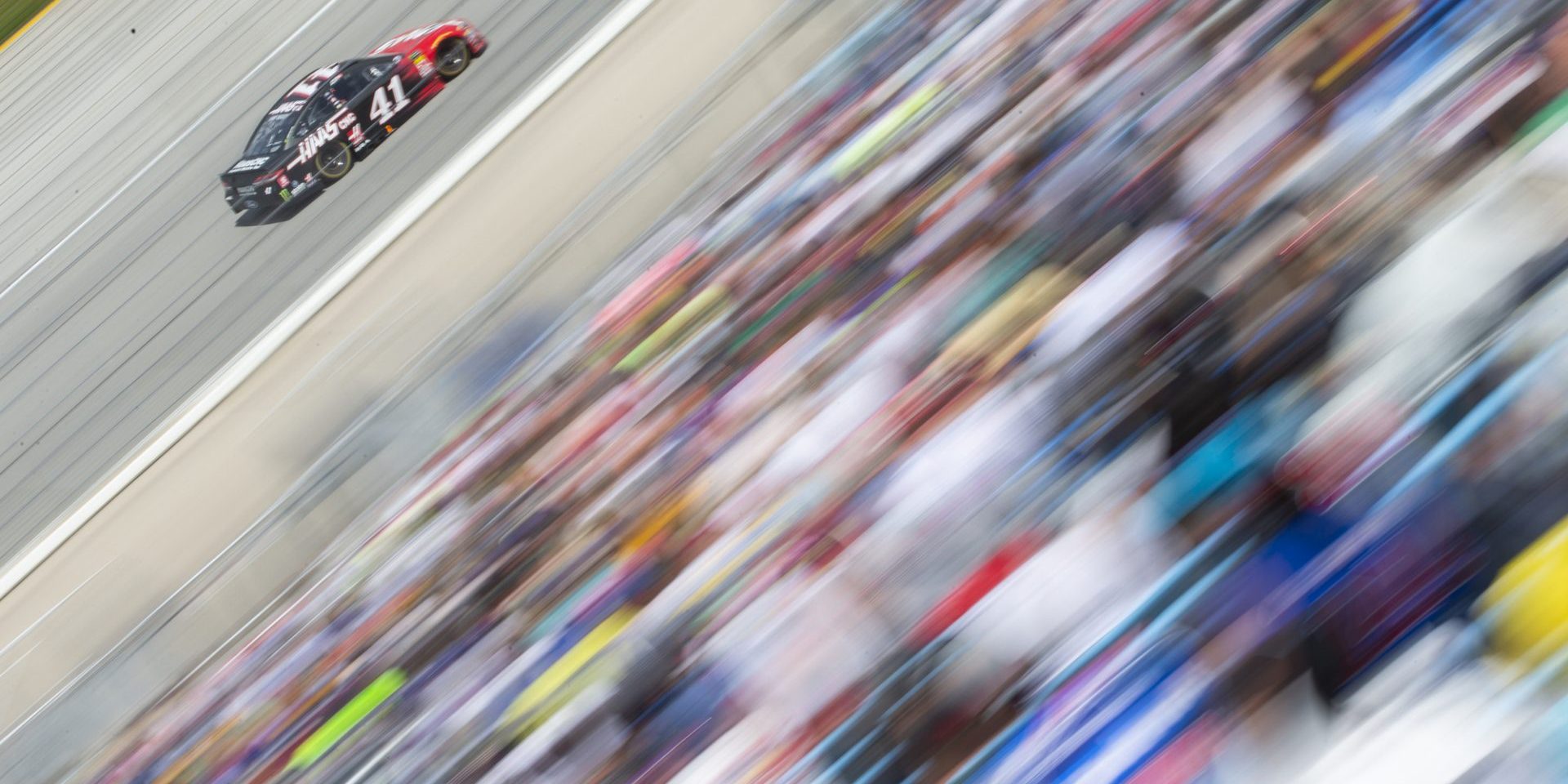
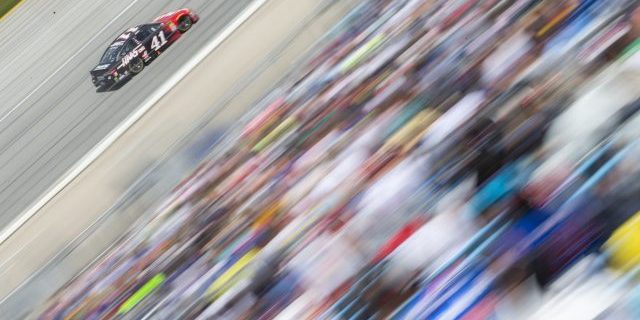
NASCAR vehicles are engineered to achieve incredible speeds on the track, consistently reaching upwards of 200 miles per hour. The design and engineering of these cars focus on power, aerodynamics, and track-specific adjustments, allowing them to maintain high velocities while navigating the oval circuits that are characteristic of the sport. Under the hood, the engines of NASCAR cars outperform standard vehicles by a significant margin, which is a direct result of both the quality of construction and the high-performance parts used.
Speed in NASCAR is also a product of the meticulous care that goes into the selection of tires and the strategic use of drafting techniques during races. The cars employ a combination of soft compound tires for better grip and hard compound options to ensure durability over long distances. Drivers use the drafting technique, where they closely follow another car to reduce air resistance, which in turn increases their speed. These factors, along with the skill of the drivers and the efficiency of the pit crews, all contribute to the formidable pace of NASCAR races.
Table of Contents
Engineering High-Performance Engines
In the world of NASCAR, performance hinges on the precise engineering of engines. This section delves into how power, fuel efficiency, and torque contribute to the high-speed capabilities of NASCAR vehicles.
Power and Horsepower
Horsepower is the unit of measurement for an engine’s power, indicative of the engine’s capability to perform work over time. NASCAR engines are configured to produce significant horsepower, often exceeding 670 HP for standard tracks, which propels the cars to astonishing speeds. One factor in this is the engine size; NASCAR typically uses V8 engines that have a high displacement, allowing for more air and fuel mixture to combust and generate power.
Efficiency and Fuel
The efficiency of an engine determines how effectively it can convert fuel into energy. NASCAR engines use a blend of high-octane fuel, usually a mix of gasoline and ethanol. This fuel burns hotter and cleaner than typical gasoline, improving efficiency and power output. Enhanced efficiency also means engines can maintain greater speeds for the duration of long races, a vital aspect of NASCAR’s competitive edge.
Engine Output and Torque
Torque refers to the twisting force the engine generates, often measured in pound-feet (lb-ft). It’s a critical contributor to how quickly a car can accelerate. NASCAR engines are engineered to maximize torque output, optimizing acceleration and overall performance on the track. This is achieved by fine-tuning engine components such as camshafts and crankshafts, which affect the engine’s ability to generate and apply force.
Aerodynamics and Body Design
The speed of NASCAR cars is significantly influenced by their aerodynamics and body design, which are tailored to reduce drag and boost downforce, thereby optimizing performance on the track.
Reducing Drag and Increasing Downforce
Drag is a retarding force that opposes a car’s motion, caused by air resistance. NASCAR engineers work meticulously to reduce this force, as lower drag increases a car’s speed. Conversely, downforce is the vertical force pushing the car down onto the track, which is essential for maintaining grip during high speeds and cornering. An aerodynamic NASCAR car strategically balances these forces, using features such as front splitters, rear spoilers, and side skirts to manage airflow and maintain stability at high velocities.
Material and Construction
The materials used in NASCAR car construction are chosen for their strength-to-weight ratio and aerodynamic properties, with carbon fiber being a common choice due to its light weight and durability. The body design is not solely about the external shape but also about the construction techniques that ensure the car can withstand high-speed impacts while minimizing weight.
Next Gen Cars and Predecessors
The Next Gen cars represent an evolution in NASCAR, building on the lessons learned from their predecessors. These vehicles incorporate advanced aerodynamic concepts and materials to push the envelope of what is possible on the track. With changes to the body design and undercarriage, these cars aim to be faster and safer, while also providing a more equal playing field for competitors. They differ from earlier models by offering improved aerodynamics and utilizing updated technology to enhance performance.
Track Design and Surface Interaction
The performance of NASCAR cars is significantly influenced by the design of the track and how the tires interact with its surface. The interaction between tire grip and track conditions, along with the structure of the track itself, contributes to the impressive speeds these cars can reach.
Tire Grip and Traction
Tire technology is key in maximizing grip and ensuring traction between the NASCAR vehicle and the track surface. Tires are specifically designed to handle high speeds and tight corners. A softer compound can provide greater grip, but it may wear down more quickly, necessitating strategic pit stops.
Track Type and Banking
The type of track and degree of banking greatly affect a car’s speed. Steeper banking allows cars to maintain higher speeds through corners as the banking helps counteract the lateral forces exerted on the car. Tracks with higher banking generally result in faster average speeds, whereas flat tracks require more technical driving and precision.
Temperature and Surface Conditions
Track temperature and surface conditions are critical factors in how well a tire can perform. Higher temperatures can increase tire grip up to a point before they start to overheat and degrade. Various track surfaces – such as asphalt or concrete – and their conditions, like cleanliness or rubber build-up, also play a part in overall traction and, consequently, the speed a NASCAR car can sustain.
Racing Techniques and Strategies
In NASCAR, the speed and success of cars are significantly influenced by strategic racing techniques and the effective execution of pit stop strategies. How drivers and their teams handle these aspects can greatly affect the outcome of a race.
Drafting and Slipstreaming
Drafting, also known as slipstreaming, is a technique where two or more cars align in close proximity to reduce air resistance. The leading car breaks the air ahead, creating a low-pressure area behind it. The trailing car(s) can enter this area, experiencing less aerodynamic drag and hence, saving fuel and increasing speed. This maneuver enables the cars to achieve higher speeds on the track, sometimes exceeding 200 mph.
Race Strategy and Pit Crew Importance
Race strategy is fundamental to NASCAR, involving when to pit for fuel, tires, and adjustments. A well-trained pit crew can make significant differences with pit stops often lasting under 15 seconds. They are responsible for refueling, tire changing, and mechanical adjustments that can adapt a car’s performance to the evolving conditions on the track. Efficient pit crew work can help a driver maintain or gain positions, crucial for the race outcome.
Qualifying and Starting Positions
Qualifying sessions determine the starting positions for a NASCAR race, with drivers aiming to set the fastest lap time. Being at the front – often referred to as “pole position” – is advantageous because it can reduce the likelihood of getting involved in early incidents and offers cleaner air for better aerodynamics. Reality shows, however, that positions can change rapidly due to the race dynamics, and a record qualifying speed does not guarantee a race win.
Safety Protocols and Measures
In NASCAR, safety protocols and measures are rigorously implemented to protect drivers at high speeds. These encompass vehicle modifications, driver gear, track safety enhancements, and rapid incident response mechanisms.
Vehicle Safety Features
NASCAR vehicles are equipped with multiple safety features designed to withstand high-speed impacts and reduce the risk of injury in accidents. Key vehicle safety features include:
- Roll Cage: A steel framework that reinforces the car’s structure, protecting the driver during rollovers and collisions.
- Seat and Restraints: Contoured seats coupled with advanced restraint systems, like the HANS (Head and Neck Support) device, ensure the driver remains secure.
- SAFER Barriers: The Steel and Foam Energy Reduction (SAFER) barriers, installed along the track walls, absorb energy during crashes, lessening the force transferred to drivers.
Driver Gear and Track Safety Enhancements
Drivers wear specialized gear tailored for maximum protection, including:
- Helmets: Reinforced helmets that are rigorously tested to withstand impacts.
- Fire-Retardant Suits: Full-body suits that resist high temperatures and fire exposure.
Track safety is further enhanced by:
- Wall Barriers: Implementing SAFER barriers at critical points around the track to mitigate accident impacts.
- Safety Personnel: Trained officials and medical personnel stationed at various points ready to respond promptly to any incidents.
Incident Response and Regulations
Post-accident protocols are:
- Immediate Intervention: Rapid response teams with safety vehicles and medical staff are dispatched immediately following an incident.
- Regulatory Oversight: Continuous monitoring and revision of safety regulations by NASCAR officials to adapt to new safety research and technology findings.






